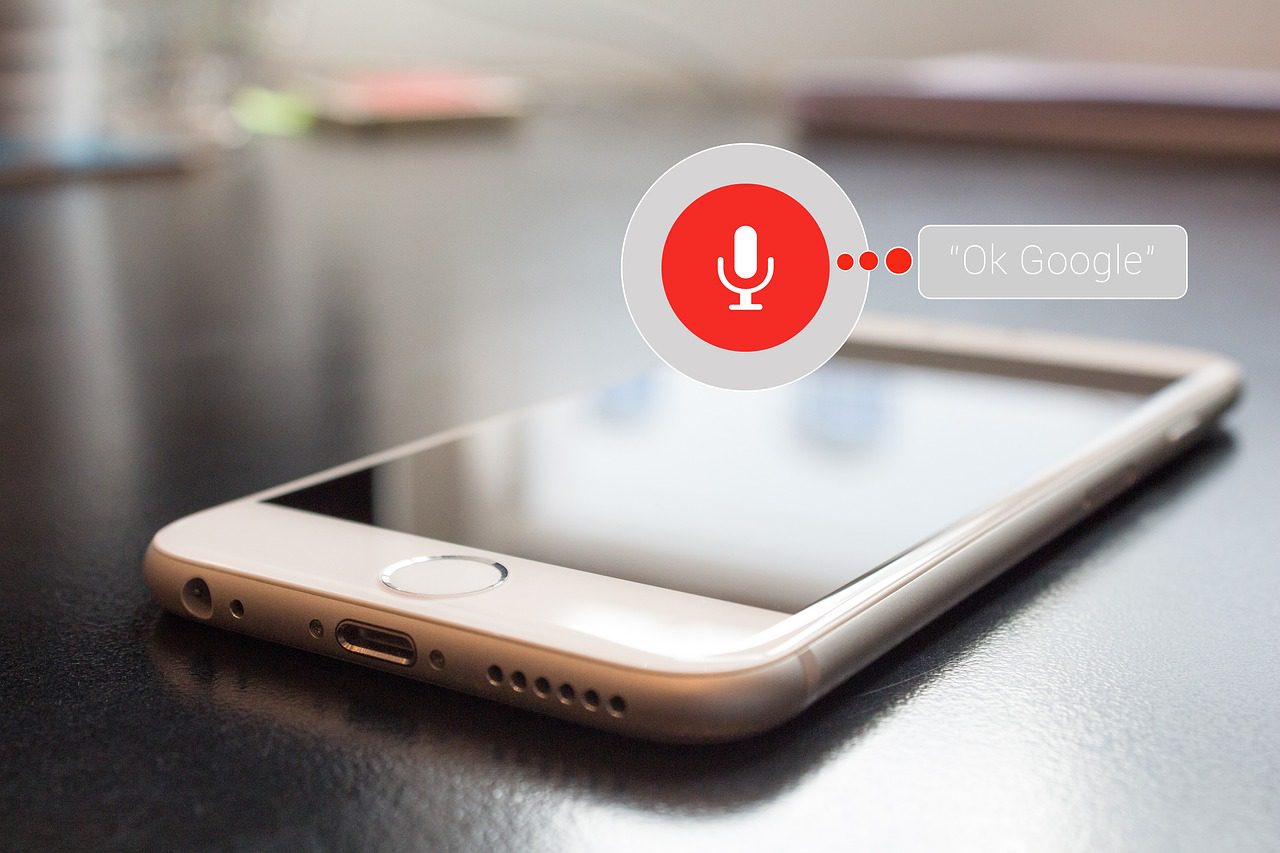Google has introduced a new feature to its popular Google Assistant, allowing users to make peer-to-peer (P2P) payments directly through voice commands. This latest development reflects the growing trend of integrating financial services into everyday technology, making transactions easier, faster, and more convenient for users. By enabling P2P payments through Google Assistant, Google is positioning itself as a key player in the digital payments space, offering a seamless way for users to transfer money without needing to open an app or log into a banking platform.
How Google Assistant P2P Payments Work
The new P2P payment feature allows users to send and receive money using simple voice commands, making the process intuitive and hands-free. Here’s how it works:
- Voice Commands: Users can initiate a payment by saying commands like “Hey Google, send $20 to John for lunch” or “Hey Google, request $15 from Sarah for the movie tickets.” Google Assistant then processes the request and confirms the transaction, asking for any additional details if necessary.
- Integration with Google Pay: The P2P payment feature is integrated with Google Pay, Google’s digital wallet platform. Users must have a Google Pay account linked to their bank or credit card to use this feature. The payment is processed through Google Pay, ensuring that it’s secure and that the funds are transferred quickly.
- Security Measures: To ensure security, Google Assistant may prompt users to verify their identity before completing a transaction, using methods such as fingerprint recognition, a PIN, or other authentication steps already set up in Google Pay.
- Multiple Platforms: This feature is available on devices that support Google Assistant, including smartphones, smart speakers, and other connected devices, making it accessible wherever users are.
The Benefits of Voice-Activated Payments
The introduction of P2P payments through Google Assistant offers several advantages:
- Convenience: The ability to send and receive money using voice commands simplifies the process, eliminating the need to open a separate app or log into a bank account. This convenience is particularly valuable for quick, on-the-go transactions.
- Hands-Free Transactions: Voice-activated payments are especially useful in situations where users’ hands are occupied, such as cooking, driving, or exercising. With a simple voice command, users can manage their finances without interrupting their activities.
- Integration with Everyday Tasks: Google Assistant’s ability to handle a wide range of tasks, from setting reminders to controlling smart home devices, now extends to financial transactions. This integration means users can manage their daily tasks and finances in one place, making life simpler.
- Security: While the convenience of voice-activated payments is a significant advantage, security remains a priority. Google has implemented multiple layers of security to ensure that transactions are protected, giving users confidence in using this new feature.
The Implications for Digital Payments
Google’s introduction of P2P payments via Google Assistant represents a significant step forward in the evolution of digital payments. It highlights the increasing role of voice technology in financial services and the ongoing trend of integrating payments into everyday technology. This development could have several broader implications:
- Increased Adoption of Digital Payments: As more people become comfortable using voice commands for everyday tasks, the adoption of digital payments is likely to grow. The convenience of voice-activated payments could encourage more users to shift from traditional payment methods to digital alternatives.
- Competition in the Voice-Payments Space: With Google entering the voice-payments arena, competition is expected to intensify. Other tech giants, such as Amazon and Apple, may expand their own payment capabilities through their voice assistants, driving innovation and offering consumers more choices.
- Innovation in Financial Technology: The integration of P2P payments into Google Assistant is just one example of how financial technology is evolving. As voice technology continues to improve, we can expect to see even more innovative uses for it in the financial sector, from managing investments to automating bill payments.
- Consumer Expectations: As voice technology becomes more prevalent, consumers may begin to expect voice-activated capabilities as a standard feature in digital payment platforms. This shift in expectations could drive further innovation and adoption across the industry.
The Future of Voice-Activated Payments
As Google continues to expand the capabilities of Google Assistant, the integration of P2P payments is likely to be just the beginning. Future developments could include more advanced financial transactions, such as paying bills, managing subscriptions, or even making investments, all through voice commands. The convenience, security, and integration offered by voice-activated payments suggest that this technology could become a central part of the future of digital finance.
In conclusion, Google Assistant’s new P2P payment feature represents a significant advancement in the digital payments landscape. By making transactions as simple as speaking a command, Google is not only enhancing the user experience but also paving the way for the broader adoption of voice technology in financial services.










